Table of Contents
What is Coarse Himalayan Pink Salt and Why Use It?
Coarse Himalayan pink salt is a natural mineral salt mined from ancient deposits in the Himalayas. Unlike refined table salt, it retains trace minerals like iron, magnesium, and potassium that give it distinctive properties for cooking, skincare, and wellness applications. This guide explains exactly how to use it effectively based on expert culinary and wellness practices.
Whether you're a home cook looking to enhance flavors, a skincare enthusiast seeking natural exfoliants, or someone wanting to verify authentic products, this comprehensive resource covers all essential aspects of coarse Himalayan pink salt usage. We focus on practical, evidence-based applications rather than unsubstantiated health claims.
How to Use Coarse Himalayan Pink Salt Effectively
Here are scientifically-backed methods to maximize the benefits of coarse Himalayan pink salt in daily life:
- Master the finishing technique: Sprinkle over roasted vegetables, grilled meats, or chocolate desserts for a salty-sweet contrast. The coarse texture creates delightful bursts of flavor as you eat.
- Embrace dry brining: Rub on steak, chicken, or fish 45 minutes before cooking. The coarse texture draws out moisture initially, then allows reabsorption of seasoned juices for perfect crust formation.
- Use salt blocks properly: Heat Himalayan salt blocks gradually for even searing of scallops or vegetables. The thermal properties create perfect cooking conditions without overpowering flavor.
- Create custom cocktail rims: Mix coarse salt with dried citrus zest or smoked paprika for better adhesion and texture than fine salts.
- Make infused salt blends: Combine with dried herbs or spices in sealed containers for two weeks. The porous crystals absorb flavors while maintaining structural integrity.
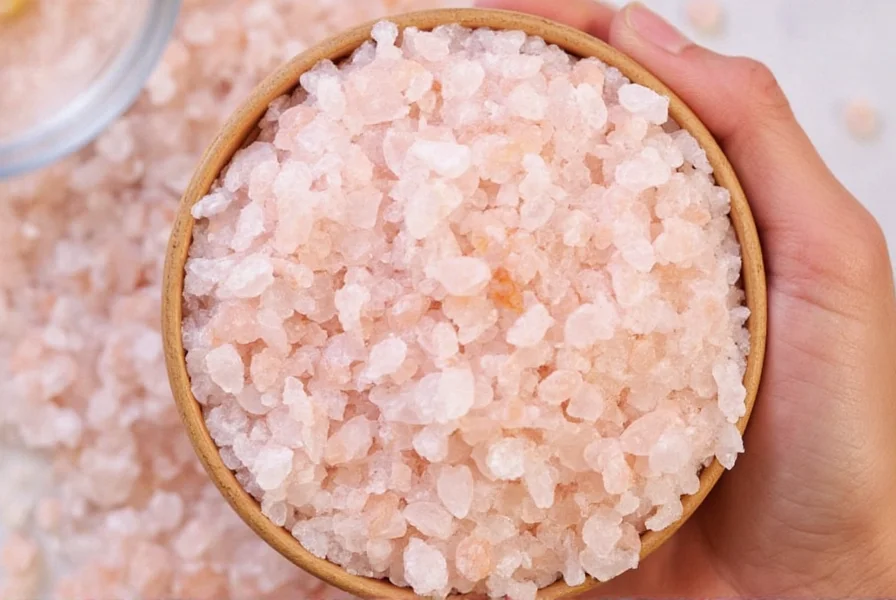
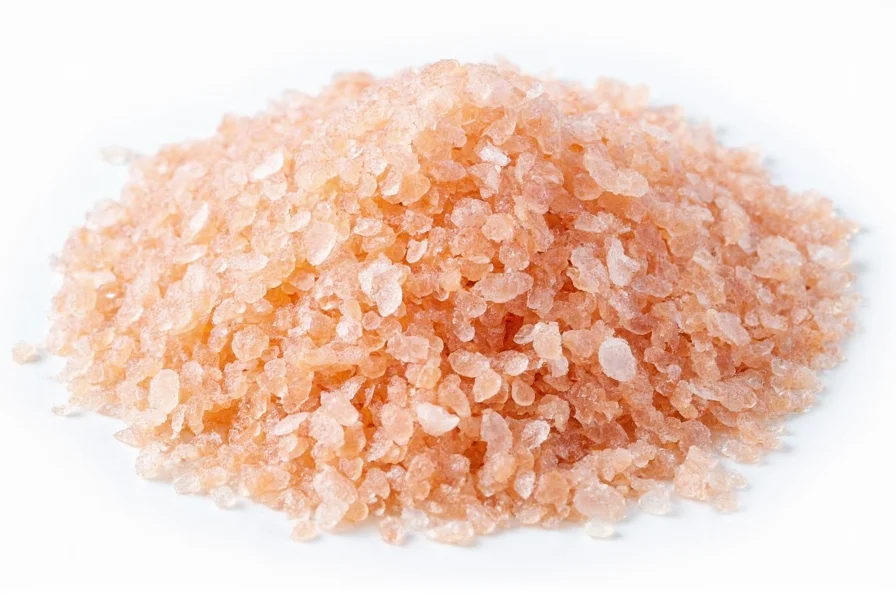
Key Properties and Differences from Table Salt
| Feature | Coarse Himalayan Pink Salt | Regular Table Salt |
|---|---|---|
| Mineral Content | High (iron, magnesium, potassium) | Low (mostly sodium chloride) |
| Texture | Coarse, granular | Fine, uniform |
| Taste | Mild, slightly sweet with mineral complexity | Salty, flat, no additional flavor |
| Usage | Finishing, seasoning, skincare, cooking blocks | Cooking, baking, preserving |
The key difference lies in mineral content and processing. Regular table salt is heavily refined with additives like anti-caking agents and iodine, while Himalayan pink salt is minimally processed. This gives it a more complex flavor profile and versatile applications. Note: For sodium content comparison, they're similar by weight.
Buying Guide for Authentic Himalayan Pink Salt
Key Features to Look For
- Purity: Must be labeled 100% pure Himalayan salt with no added chemicals or artificial flavors.
- Origin: Sourced from Khewra Salt Mine in Pakistan (the only authentic source).
- Grain Size: Coarse for finishing, medium for general cooking. Avoid overly fine grains.
- Packaging: Vacuum-sealed or airtight containers to prevent moisture absorption.
Recommended Products
1. Premium Coarse Himalayan Pink Salt
Features: Pure Himalayan salt with coarse texture, rich in minerals, resealable packaging.
Best For: Seasoning, cooking, and skincare. Ideal for home cooks and wellness enthusiasts.
2. Himalayan Salt Block (Large Size)
Features: Natural salt block for even heat distribution and subtle mineral flavor infusion.
Best For: Professional chefs and gourmet cooking. Perfect for searing delicate proteins.
3. Himalayan Salt Scrub (Natural Formula)
Features: Coarse salt blended with natural oils for gentle exfoliation and hydration.
Best For: Daily skincare routines and spa treatments. Safe for all skin types.

Frequently Asked Questions
Is coarse Himalayan pink salt actually better than regular table salt?
While both contain sodium chloride as primary component, coarse Himalayan pink salt contains trace minerals that create a more complex flavor profile. Unlike refined table salt with additives like anti-caking agents, Himalayan salt is minimally processed. The coarse texture provides better control when seasoning. For sodium content comparison, they're similar by weight.
Why is Himalayan pink salt pink, and does the color affect flavor?
The pink color comes from trace iron oxide in the salt deposits. Deeper pink indicates higher mineral concentration. This mineral composition creates a slightly less harsh, more rounded saltiness with subtle "sweetness" or "umami" notes compared to regular salt.
How should I properly store coarse Himalayan pink salt?
Store in an airtight container away from humidity. Unlike table salt, it lacks anti-caking agents so moisture causes clumping. Glass jars with tight seals work best. Add silica packets for long-term storage. Properly stored, it maintains quality indefinitely as salt is naturally preservative.
Can I use coarse Himalayan pink salt where fine salt is required?
Yes, with adjustments. For baking or brines, grind to desired consistency. When substituting for fine salt, use 1.5x the amount due to air space between crystals. For cocktail rims, pulse briefly in a grinder for better adhesion.
Does Himalayan pink salt have proven health benefits over regular salt?
While it contains more trace minerals, the amounts are too small for significant nutritional benefits in normal culinary use. The main advantage is absence of additives found in table salt. People with iodine sensitivity may prefer it (though those with deficiency should supplement separately). The coarse texture helps with portion control.
How to verify authentic Himalayan pink salt?
Genuine salt has distinctive pink-reddish hue with visible mineral variations, dissolves cleanly without gray residue, and comes from Khewra Salt Mine in Pakistan. Look for "100% Pure Himalayan Salt" certifications. Avoid extremely cheap options as authentic salt requires careful mining.
Can coarse Himalayan pink salt be used in standard salt grinders?
Yes, but with caveats. Standard grinders for fine salt may struggle. Use grinders designed for coarse salt with ceramic or salt-resistant metal mechanisms. Himalayan salt's mineral content can corrode standard metal grinders over time. If clogged, use drier salt or adjust coarseness settings.
What makes Himalayan salt blocks special for cooking?
Himalayan salt blocks heat slowly and evenly, retaining heat for extended periods. This creates perfect searing surfaces that impart subtle mineral flavors without overwhelming food. The high density prevents hot spots, ideal for delicate items like fish or scallops. They can be used for both hot and cold applications but require careful heating/cooling to prevent cracking.
Conclusion: Making the Most of Your Himalayan Pink Salt
Coarse Himalayan pink salt is a versatile, mineral-rich ingredient that enhances cooking, skincare, and wellness routines when used correctly. Unlike exaggerated health claims, this guide focuses on practical, evidence-based applications that deliver real results. From mastering finishing techniques to verifying authenticity, you now have all the knowledge needed to use Himalayan salt effectively in everyday life.
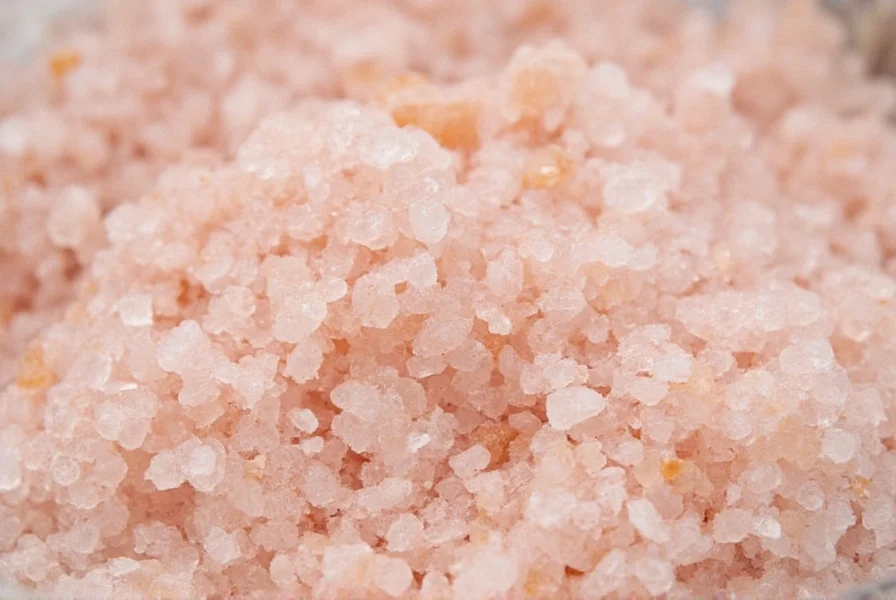
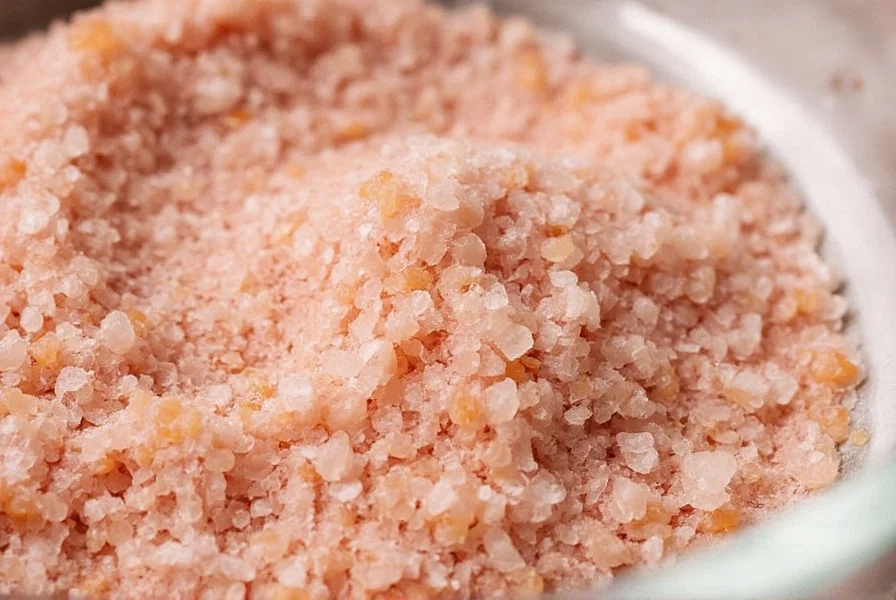

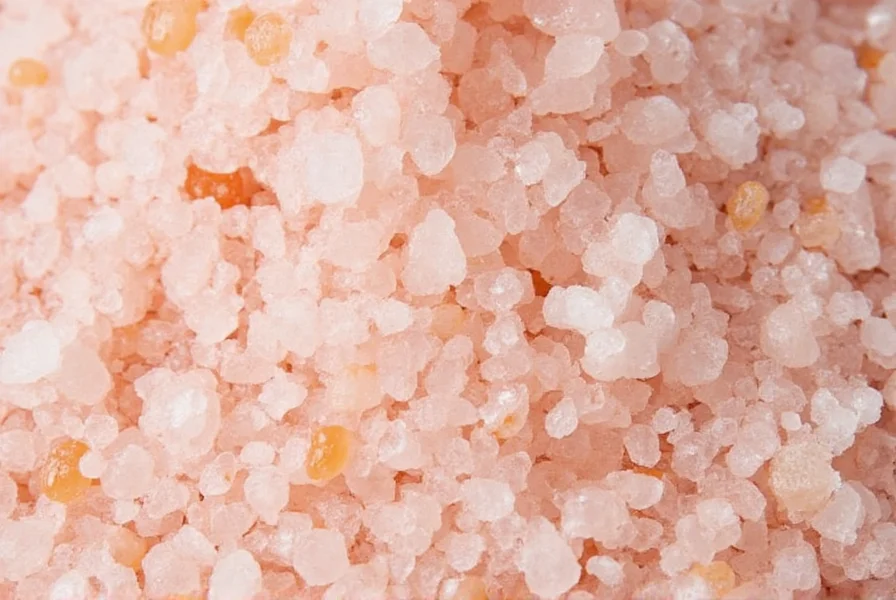









 浙公网安备
33010002000092号
浙公网安备
33010002000092号 浙B2-20120091-4
浙B2-20120091-4